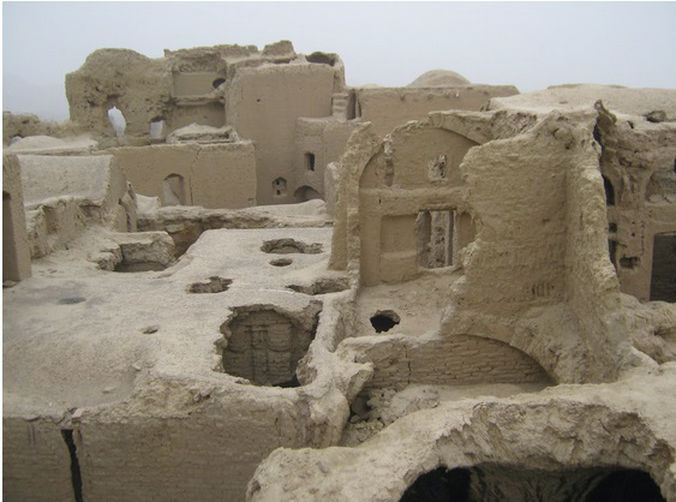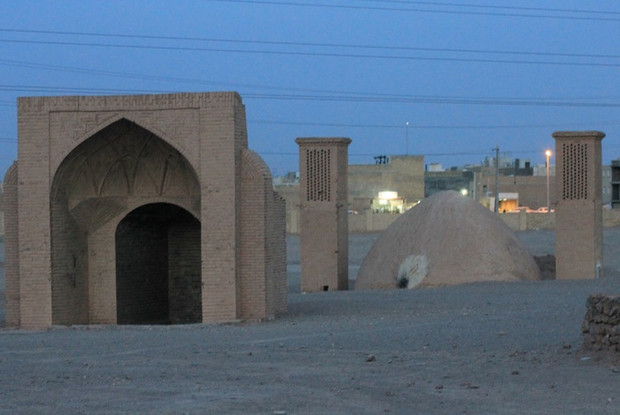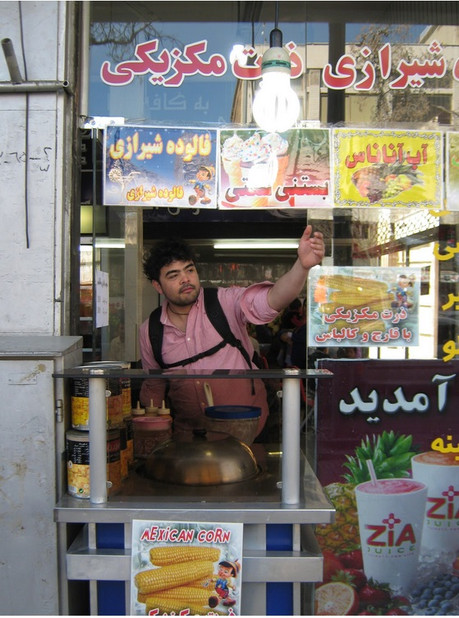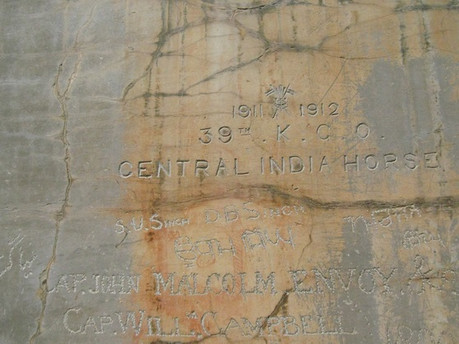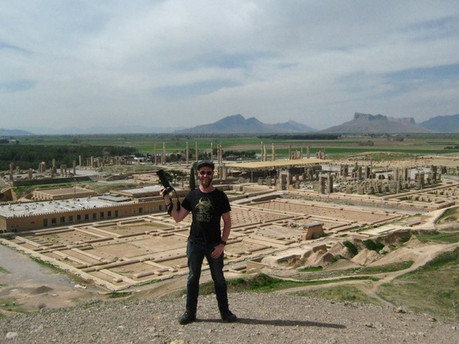The journey through Iran, Pt. II
I’m going to talk about taking a shit.
_____________________________________________________________
Not exactly a classy way of beginning a blog-post, but hey, you don’t get too many chances to start off like that.
Also, it grabs attention, and is related to the matter-at-hand (is that a pun? I’m not sure – keep reading, and see what you think. I think i can call it a pun).
You probably think that everyone around the world takes a shit in more or less the same way, with the possible exception of Japanese people, who if the picture I have in my head is correct (it’s usually not), they all have crazy electronic toilets that do everything from play J-pop tunes to pumping cherry-blossom-scented fragrance into the air to hide your shame from everyone else in the vicinity.
However, in different areas of the world, people take care of the most basic of human needs in different ways.
In the west, we usually have a toilet which consists of a bowl, which is at sitting height for obvious purposes, a cistern above it for flushing, and a roll of toilet paper mounted on the wall to the side of the whole contraption.
While some toilets in Iran follow this concept, most do not.
From cafes to restaurants to public conveniences to toilets in hotels and homes, the norm is Iran is something quite different.
None of the literature I read told me of this.
Therefore, I now consider this blog to be the most informative piece in travel in Iran that exists.
You can’t argue with that.
Anyway, most toilets in Iran are squat-toilets, which you may be familiar with if you’ve travelled through South-East Asia.
The idea is that instead of a seat, the bowl is mounted in the floor, and you squat over the top of it.
The biggest difference you may notice in Iran is the absence of toilet-paper.
This need is negated by the presence of a hose mounted on the wall next to the throne.
If you’re lucky, there will be the option of hot water.
If not, and it’s a cold day, well…let’s just say you’re not going to need that espresso top wake up in the morning.
Yes, this means what you think it means.
With one hand you point the hose at your pooter, and with the other you get right in there and rub it until it’s clean.
While this may feel confronting at first, relax and trust me, you will get used to it.
Think of the bright side – you will never have that sinking feeling we all get when we look over at the toilet paper, and have to mentally calculate exactly how frugal we’re going to have to be with the stuff in order to get the job done before it runs out.
Also, I never saw a rest-room in Iran that didn’t have an exceptional amount of liquid soap available to wash your hands.
As an added bonus, I have it on very good authority that if one has hemorrhoids, this way is far gentler on your most delicate of parts than toilet paper.
Now like I said, relax – you will get used to this. Millions of people around the world do this every day; you just need to lose your western sensibilities.
After a while it almost, sort of, kinda feels refreshing.
And because this is the most comprehensive literature on pooping in Iran, here’s a list of helpful tips so you can ease right into it.
BEN’S HELPFUL TIPS ON POOPING IN IRAN
- When you pull your pants down, don’t pull them all the way down. Otherwise you will shit on your pants. Not a good look. Just take them down to the knees.
- After you’re done, use your right hand to hold the hose, and your left hand to do the dirty work. Not only is this the traditional way of doing things (in a lot of countries using this style of waste disposal, it’s quite offensive to shake hands with using your lefty), but if for some reason you’re afraid of how well you washed your hands, you’ll have a designated “safe-hand”.
- Don’t be shy. Get right in there. There is too much to be lost from not being thorough enough.
- You’re just going to have to get used to having a wet butthole for a little while. No two ways about it. I imagine this would be harder to deal with in colder climates than I experienced.
- Use plenty of soap when washing your hands. I never saw an empty soap dispenser while I was there, so use that stuff like it’s going out of fashion. Again, there is a lot to be lost from not being thorough enough, and nothing to lose from not being too thorough.
I think that’s about it.
You’re ready.
Go out and try it, my child.
There – I did it!
I talked about pooping in a travel blog!
Isn’t this great?!
Anway, I should get back to the story.
After Esfahan, we went to a city called Yazd.
Which Felix, in his exceedingly cute Mexican accent, still continues to pronounce as “Jazzd”.
And it was here that Felix got sick and tired of all the attention I was receiving.
Being half Irish, I am white.
Excessively white.
I can basically get sunburnt under a full moon.
And, being Mexican, Felix is brown.
Not excessively so, but enough to make him more or less look Persian.
When we walk down the stre, this results in me looking like the obvious foreigner, while he looks like a local. People would even walk up to him and start talking to him in Farsi.
Guess which one of us got stared at, which one got ignored.
Now those who know Felix will understand that a situation like this is not at all okay with him.
Some of us like to blend in, while others like to be the centre of attention.
So, while stashing our bags at the hotel, he tells me “Mayn, I’m sick of jou getting all the attention. I want some attention. I’m going to start wearing my sombrero “
Yes, Felix does travel with a sombrero.
Seriously.
And yes, when he reads this, he’s not going to be mad, he’s going to be happy with the attention.
Seriously.
Anyway, the sombrero got him most of the attention he wanted (of course, it’s never enough, but every little bit helps), and we set off to enjoy the city.
We were also really starting to realise how beautiful Iranian women are.
We started off, playing a game where when we saw a beautiful woman, we’d punch each other in the arm. I think it was in Shiraz that we gave up on this, because our arms were getting bruised.
Yazd is one of the worlds largest adobe cities, and it’s quite beautiful.
Being in one of the warmest parts of the country, it’s also famous for its Badgirs, Qanats, and Yakhchals.
Yes, I will explain what these are.
Badgir is literally Persian for “wind catcher”. It is a tower with an open vent on one or more sides, which can cool a building in several ways.
Firstly, the wind can blow into the badgir, and is directed down into the building, providing air movement, cooling the interior.
Secondly, when the vent is facing away from the wind, the breeze can suck the hot air from the top of the building, which in turn draws cooler air in to replace it.
And thirdly, in windless areas, it can act as a simple heat-chimney, letting the hot air out from the top of the building.
Basically, a badgir is a natural form of air-conditioning, developed thousands of years ago.
A Yakhchal is a building which is basically a massive evaporative cooler which uses no electricity, but can keep ice frozen in desert temperatures.
The top part is dome or cone-shaped, but the storage area is underground.
Cool temperatures are maintained through the use of badgirs, insulative materials, and evaporative cooling to maintain frigid temperatures.
And finally, a Qanat is an ancient method of delivering water from the source (usually in the foothills of a mountain range) to a city via a series of wells and gently sloping subterranean tunnels. The system uses no pumping, and some houses even use the cool airflow from the tunnels to lower the temperature inside.
So even though Yazd has a very warm climate, its people have found ways to keep cool thousands of years before electrical air-conditioning.
Yazd is also a centre of Zoroastrianism, the main religion in Iran for centuries until the arrival of Islam.
The city still has its “Towers Of Silence”, where until recently the Zoroastrians left the bodies of their dead loved ones to be eaten by vultures and other carrion-birds, so their rotting flesh did not contaminate the ground.
The Zoroastrians also still have a fire temple in Yazd, with a fire that has been kept alight since 470AD.
According to the Zoroastrians, they have 60,000 adherents in Iran (The Iranian government says there are just over 25,000), and between 124,000 and 190,000 worldwide.
They believe in a God named “Ahura Mazda” (yes, this is where the car brand name, Maza comes from), and follow the teachings of the religious philosopher, Zoroaster, who simplified the Pantheon of earlier Persian gods.
The basic tenets of the religion are good thoughts, good words, and good deeds.
The religion is said to have influenced other faiths, such as Judaism, Christianity, and Islam.
So, upon learning about this religion, after a day or two exploring the city, Felix and I decided to get out of town and check out Chak-Chak, the holiest place for Zoroastrians, their equivalent of Mecca.
We made a friend through Couch Surfing, Darius, whose friend, Hamed could drive us to Chak-Chak, as long as we could pay for fuel.
Considering the price of fuel in Iran (around 15 US cents per litre at the time), we considered that to be an incredibly good deal (we ended up giving him some extra cash as well).
So the next day, we piled into Hamed’s little car, along with a new friend, Viktor the Frenchman (whom we decided to call “Frenchy” from that day forth) and off we went, through the desert.
According to Zoroastrian legend, Chak Chak dates back to the time of the Arab invasion of Persia, in 640AD.
Nikbanou, the second daughter of Yazdegerd III, the last pre-Islamic Persian ruler was fleeing the invading army, and prayed to Ahura Mazda for protection.
In response, the mountain surrounded and protected the princess.
The place gets its name from the holy spring at the site, and the sound it makes (it means “Drip Drip” in Farsi). According to the legend, the spring comes from the tears the mountain sheds in memory of Nikbanou.
For the holiest site of what used to be a major religion, Chak Chak is a small, modest village.
We were greeted at the door to the temple by one of the priests who looks after the place.
After we removed our shoes at the door, he showed us around, explained Zoroastrianism to us, and gave us tea.
I felt like this was a religion I could get into.
Of course, like most religions, the Zoroastrians historically haven’t always behaved in a saintly way – they’ve done their share of oppressing like everyone else, but they’re allowed to eat pork and drink alcohol, which is important to me.
And “good thoughts, good words, good deeds” sounds like a nice simple idea that everyone should be able to agree with.
AND they have a symbol that includes a dude with a beard.
Also important.
After Chack Chack, we headed for the almost completely abandonned 1000 year-old mudbrick village of Kharanaq.
The place is crumbling, apart from one or two houses and a restored Mosque.
And by that, I don’t just need the place needs a bit of fixing-up.
Literally, the place is falling apart. At least one tourist has died when the roof they were standing on caved in.
I haven’t been able to find out why it was abandoned.
Nearby, there is an ancient aqueduct built to irrigate nearby crops, as well as some kind of shrine (we weren’t quite sure who or what it was for).
As you can imagine, it’s a fantastic place for photography.
(Door knockers like this were once common in Iran. because it was once a cultural tabboo for a man to answer the door when a woman was knocking, and vice-versa, the doors had different knockers for each sex, so whomever was answering could tell by the tone of the knock whether it was they or their spouse who should answer)
Yazd was amazing, but a few days was enough.
Upon returning to the hotel, we decided it was time to move on, and so made plans to get to Shiraz the next day.
Now, any Australians will connect the name “Shiraz” with a type of red wine.
However, while Shiraz was famous for its wine before the Islamic Revolution in 1979, it was a white varietal – the wine we call “Shiraz” is actually called “Syrah” in most other parts of the globe, and originates from the Rhone Valley, in France.
Shiraz is an ancient city, famous for its poets, gardens, and proximity to the ruins of Takht-e Jamshid, known in most of the world as Persepolis, the ancient Persian palace which was sacked by Alexander The Great.
Deciding we liked Frenchy, we took him along with us as well.
Now, dear readers, while I would like to tell you all about Shiraz right now, I’ve had 2 hours of sleep in the last 32 hours, and I can barely string two words together.
So the time has come for me to tell you all that I’ll tell you all about it next blog entry, and give you a few photos to keep you keen.
Until then, adios!
I talked about poo – wasn’t that cool?!?!?!
I need some sleep…
Anways, here are some photos of things:
(“Mexican Corn” is a common street snack in Iran. The corn kernals are mixed with sour cream and spices. True to form, Felix loved it.)
(Yep, those Persians sure did know how to build a doorway)
(Old-School graffiti at the ancient city of Persepolis. Next time your Great-Grandfather tells you people used to have respect in his day, tell him to fuck off)
(Symbol that uses a dude with a beard – WINNER!)
(I’m not giving you the proper translation of this until the next blog post. Frustrating, isn’t it?)
